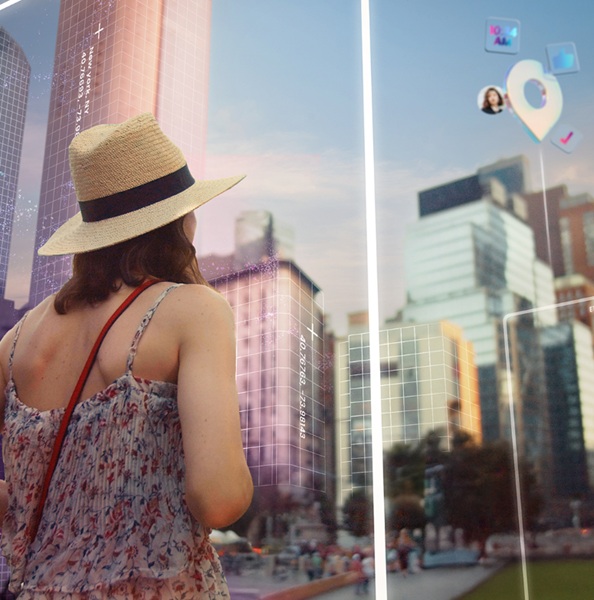Niantic goes Geospatial, shifting its focus from games to AI intelligence
The idea is to bring those digital helpers into our physical world.

What you need to know
- Niantic Spatial, a new company from the people who brought Pokémon GO to mobile, have started down a new path.
- After selling its games division, Niantic Spatial has moved onto a path that involves creating a large geospatial model to merge the digital and physical worlds.
- Niantic Spatial sees this technology improving the way AI machines see and understand our world, by fusing the two for better assistance.
Niantic is reportedly moving away from the gaming scene and into the world of artificial intelligence.
In a press release, the company announced its new direction, known as Niantic Spatial. This name might sound familiar, especially if you're a Pokémon GO fan. Niantic reiterates its recent sale of its games division to Scopely. In short, the company is starting with roughly $250 million in its back pocket. As such, Niantic Spatial is turning onto a different road, one that will lead it toward a "large geospatial model."
Niantic Spatial states it will seek to bridge the gap between the "physical and digital worlds" through this geospatial fusion.
If all goes well, Niantic states its new model will facilitate better understanding and interactions between people and machines to "improve how we live and work." This large geospatial model has reportedly been developed using "over 30 billion posed images from millions of locations around the world." Niantic states this should aid LLMs (large language models) with spatial reasoning.
Essentially, these models (in theory) will be able to see/understand where something is in the physical world, and its real-world application to the space around it.
Niantic says that the issue with today's AI is that it's restricted to understanding "text, code, and images" only. Its geospatial model aims to break that open by creating a new "map" that enables these machines to understand our world the way we do.
A Spatial Future

Niantic hopes to place its AI models in smaller devices like AR glasses; however, it also has set its sights on autonomous systems. The post also highlights the Niantic Spatial Platform, which consists of the Visual Positioning System, Gaussian Splatting (3D scanning/visualization), and developer SDKs. Niantic says it is working on deploying proof-of-concepts across various real-world areas.
Get the latest news from Android Central, your trusted companion in the world of Android
Niantic's interest in AI isn't anything new, as its CEO, John Hanke, publicly backed a pair of smart glasses from Brilliant Labs last year. Not only were these glasses light, but they could be outfitted with custom prescription lenses, too. Additionally, Brilliant Labs featured multimodal AI software for the device's front-facing spatial camera.
The company's AI, Noa, can hear and see the world around you. It uses this data to deliver actionable and useful information to the user, and at times, it does this without you asking.

Nickolas is always excited about tech and getting his hands on it. Writing for him can vary from delivering the latest tech story to scribbling in his journal. When Nickolas isn't hitting a story, he's often grinding away at a game or chilling with a book in his hand.
You must confirm your public display name before commenting
Please logout and then login again, you will then be prompted to enter your display name.
